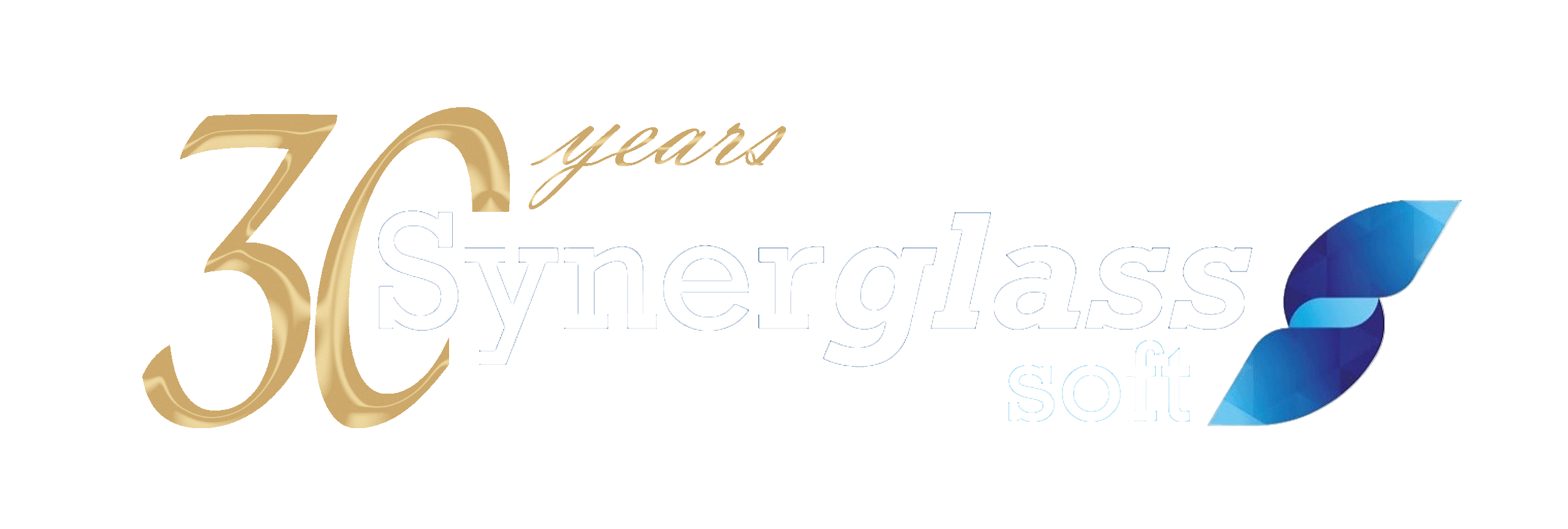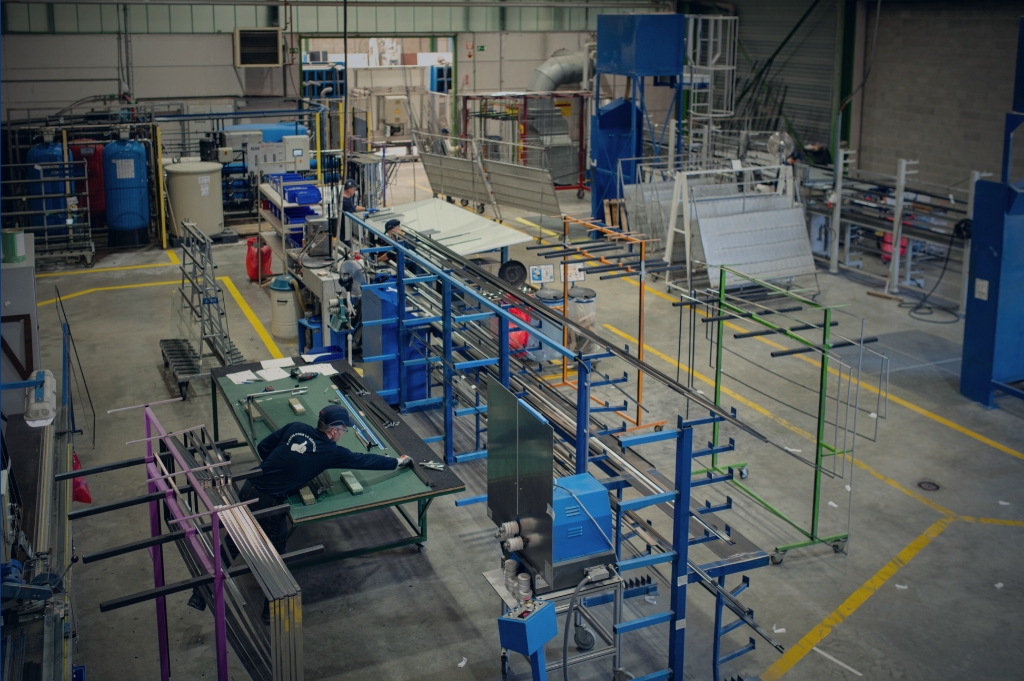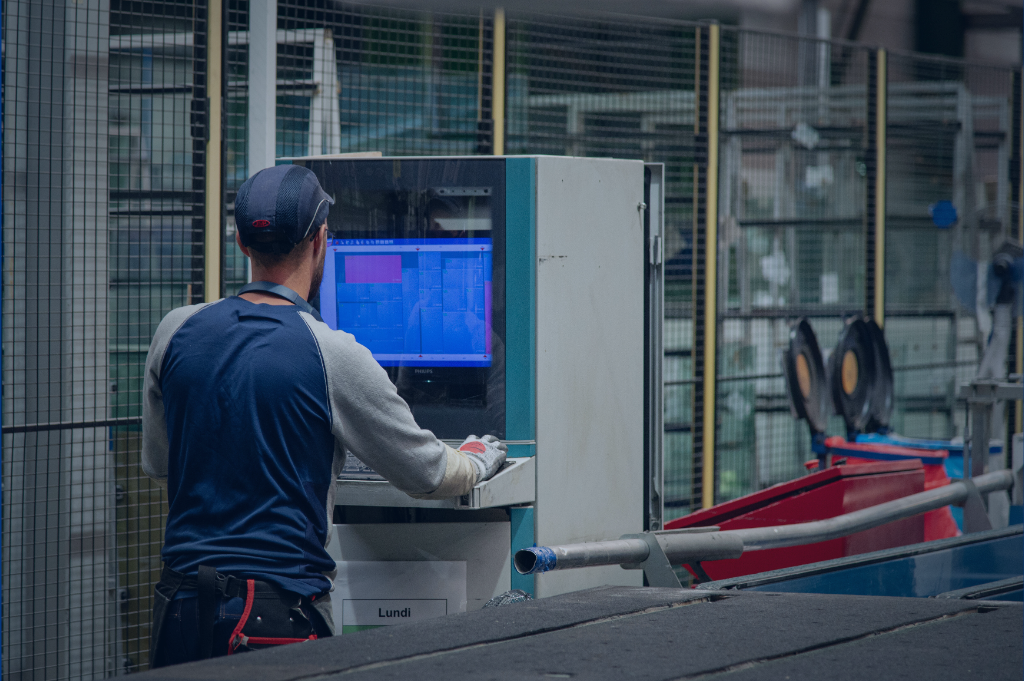Are you torn between investing in software outright or opting for a subscription model? For glass processing business owners, this decision is more than a financial choice – it’s a strategic move that impacts cash flow, growth potential, and operational efficiency.
We understand how challenging this can be because we’ve been there too. At Synerglass-Soft, we’ve worked with countless glass processors facing the same dilemma, and we’ve transitioned our own solutions from a purchased software model to a subscription-based model to better meet their needs.
In this article, we’ll dive deep into the pros and cons of both models, provide tailored examples from the glass processing industry, and share actionable insights to help you make the right decision for your business. By the end of this article, you’ll gain clarity on:
- The impact of each model on your bottom line and scalability.
- The advantages and drawbacks of each approach for glass processing.
- The essential factors to consider when selecting the best option for your business.
Purchased vs subscription software: the basics
Before diving into the pros and cons of each model, let’s clarify what purchased and subscription software actually mean and when each might be the right choice for your business.
Purchased software
This is the traditional model where you pay a one-time, upfront fee to buy software. The cost is capitalized, meaning it’s treated as an asset on your books. You own the license to the software definitely, and may only need to pay for updates or support. The software license is then installed on a server for the entire organization to use.
When it makes sense:
- You’re confident the software will meet your needs for the long haul.
- You want to avoid recurring costs and prefer a predictable total cost of ownership (TCO).
- You have the financial capacity to manage the higher initial investment.
Subscription model
In this model, you pay a recurring fee (monthly, yearly or else) to access the software over a specific period of time. This approach, often associated with Software-as-a-Service (SaaS), has gained traction because it offers lower upfront costs and includes ongoing updates, support, and new features. SaaS applications are hosted in the cloud, wheter private or public, and users usually only need an internet connection to make it works.
When it makes sense:
- You prioritize flexibility and scalability.
- You prefer to avoid large upfront expenses.
- You want access to the latest technology and features without major upgrades.
Purchased vs. subscription software: a side-by-side comparison
Not sure how these models compare at a glance? This table breaks down the key differences to help you make an informed decision.
| Feature | Purchased software | Subscription software |
|---|---|---|
| Upfront cost | High (one-time payment) | Low (recurring fee) |
| Cash flow impact | Immediate capital outlay | Predictable monthly expense |
| Ownership | Full ownership of license | Access limited to subscription |
| Upgrades | May require additional costs | Included in subscription |
| Flexibility | Less flexible | Highly scalable |
Now that we’ve broken down the differences, let’s explore how these factors play out in the glass processing industry, where software selection is especially critical.
What makes glass processing unique for software choices?
Glass processors typically use specific software for production planning, order management, and logistics. These tools are critical because they touch every part of your business. However, the glass industry doesn’t change software often – most businesses update or replace their systems every 7–10 years. This makes it vital to choose the right model upfront.
The next step is understanding how purchased software aligns with these unique needs and the stability it can offer.
How purchased software benefits the glass industry
Purchased software may appeal to glass processors because it provides stability. Once the upfront cost is covered, there’s minimal financial disruption. For businesses with predictable operations and sufficient capital, owning software can feel like a safe bet.
However, one significant risk with purchased software is the eventual loss of developer support. Over time, updates slow down or stop entirely, meaning no new drivers or machine integrations will be added. This can leave you stuck with outdated technology, unable to integrate the latest innovations. Competitors using SaaS solutions will continue benefiting from automatic updates, ensuring their operations remain cutting-edge. Choosing a purchased software model means accepting the risk of falling behind as the industry evolves.
Why subscription software is ideal for glass processors
However, the subscription model addresses challenges that are common in the glass industry:
- Ongoing updates for evolving needs: With regulations and customer demands always shifting, subscription-based software ensures you’re never stuck with outdated tools.
- Lower upfront costs: For businesses managing tight cash flows, subscriptions make it easier to adopt high-quality software without a massive capital investment.
- Scalability: As your business grows or slows, subscription plans can adapt, ensuring you pay only for what you need.
One thing to consider is that subscription software typically relies on a stable internet connection. While most providers ensure high uptime, you should evaluate your network reliability to avoid unexpected disruptions.
Understanding these advantages is critical, but every business must consider its unique needs before deciding. Let’s explore the key factors to guide your decision.
Purchased vs. subscription software: how to choose the best model for your glass business
- Your budget: Can you afford the upfront investment required for purchased software, or would a predictable, recurring subscription fee better suit your cash flow?
- Your business goals: Are you looking for long-term stability and ownership, or do you need the flexibility to scale and adapt as your business evolves?
- Your growth plans: If your company is expanding, will your software need regular updates, integrations, or additional user access? Consider which model supports your future growth best.
- Your IT capabilities: Do you have an in-house IT team to manage software updates and maintenance, or would you benefit from the built-in support that comes with a subscription model?
Every glass processor has different needs, budgets, and long-term goals. Now that we’ve weighed both options, let’s share our perspective based on industry experience.
Our perspective at Synerglass-Soft
The shift toward subscriptions aligns with a broader digital transformation in industries worldwide. Cloud computing has made software more accessible, while businesses increasingly demand tools that evolve in real-time to meet new challenges.
Our journey to a subscription model wasn’t just about keeping up with trends – it was about solving real problems. After analyzing feedback directly from glass processors, we identified three critical needs:
- flexibility,
- affordability,
- and continuous innovation.
Our subscription solutions are a direct response to those insights.
When we shifted our software to a subscription-based model, we did so because it better aligned with the needs of modern glass processors. However, we also recognize that purchased software may still fit businesses with long-term stability and predictable growth.
Our goal is to provide clarity so you can make the decision that’s best for your business. Whether you’re exploring subscriptions for flexibility or considering a capital investment for ownership, understanding your priorities and resources is key.
Ultimately, the best choice depends on your company’s financial situation, operational priorities, and risk tolerance.
Choosing the right software model for your glass business
Choosing between subscription and purchased software is a pivotal decision for any glass processor. After considering the pros and cons, you now have the tools to evaluate which model fits your unique needs.
The right software model impacts more than just your budget – it affects your ability to stay competitive, scale effectively, and integrate new technologies. Whether you prioritize stability and ownership or flexibility and continuous updates, your decision will shape your long-term success.
At Synerglass-Soft, we’ve helped other glass processors navigate this same decision. With 30 years of experience developing IT solutions for the glass industry, we are committed to guiding businesses like yours toward the best software solutions for their unique needs.
If you’re still evaluating which model fits your business best, let’s discuss your specific situation. Click here to contact us for a consultation, or explore our subscription solutions designed for glass processors looking for a scalable, future-proof approach.




